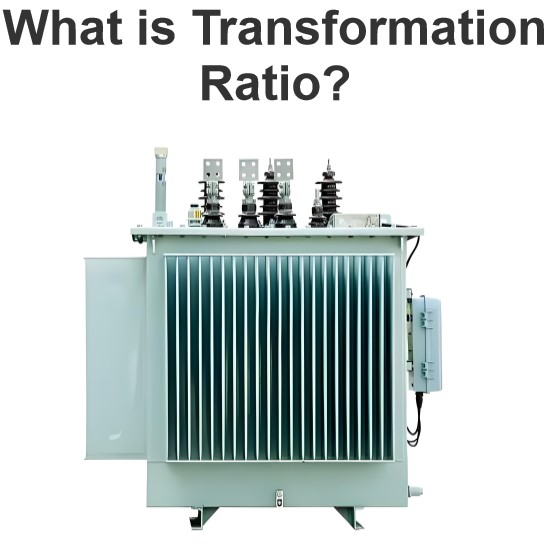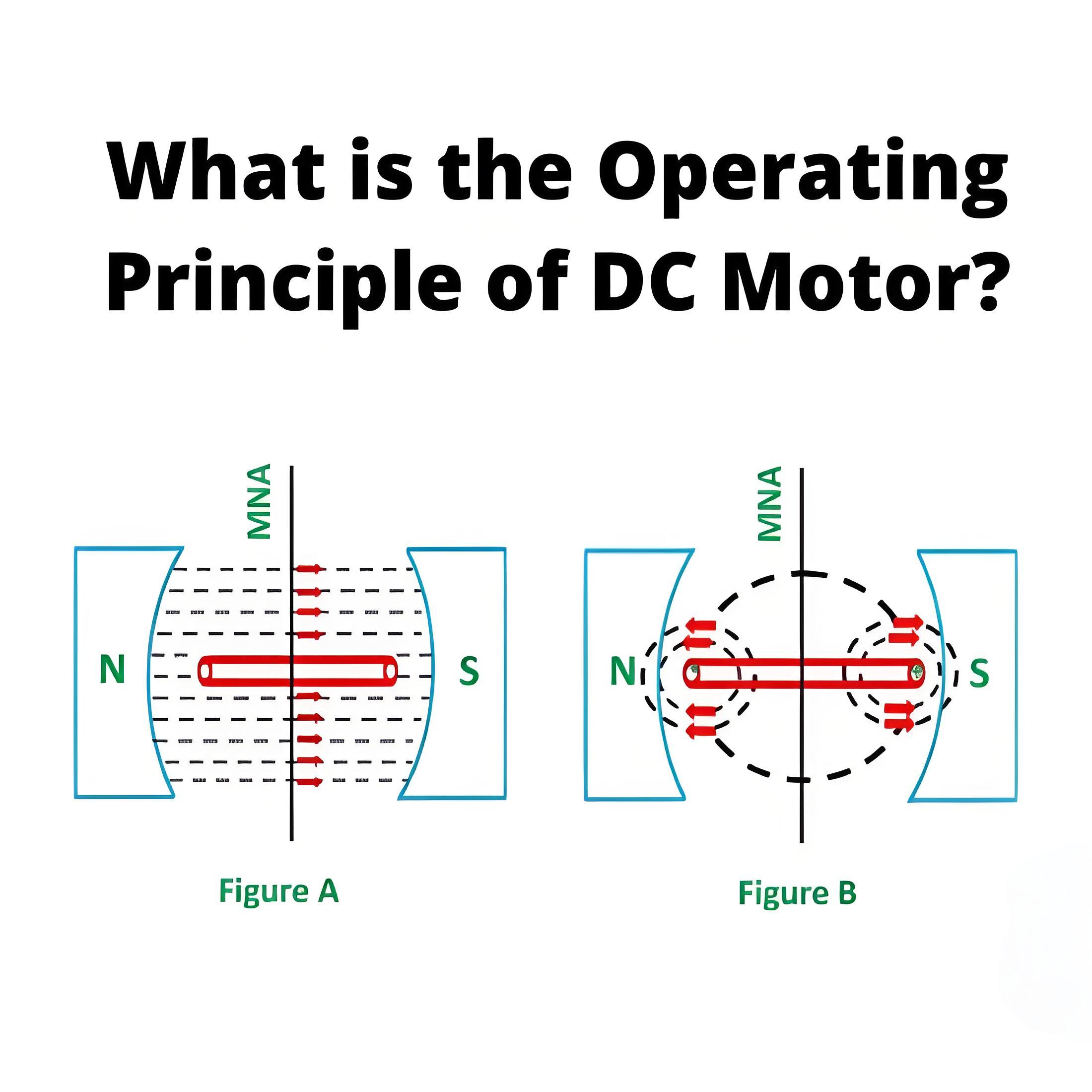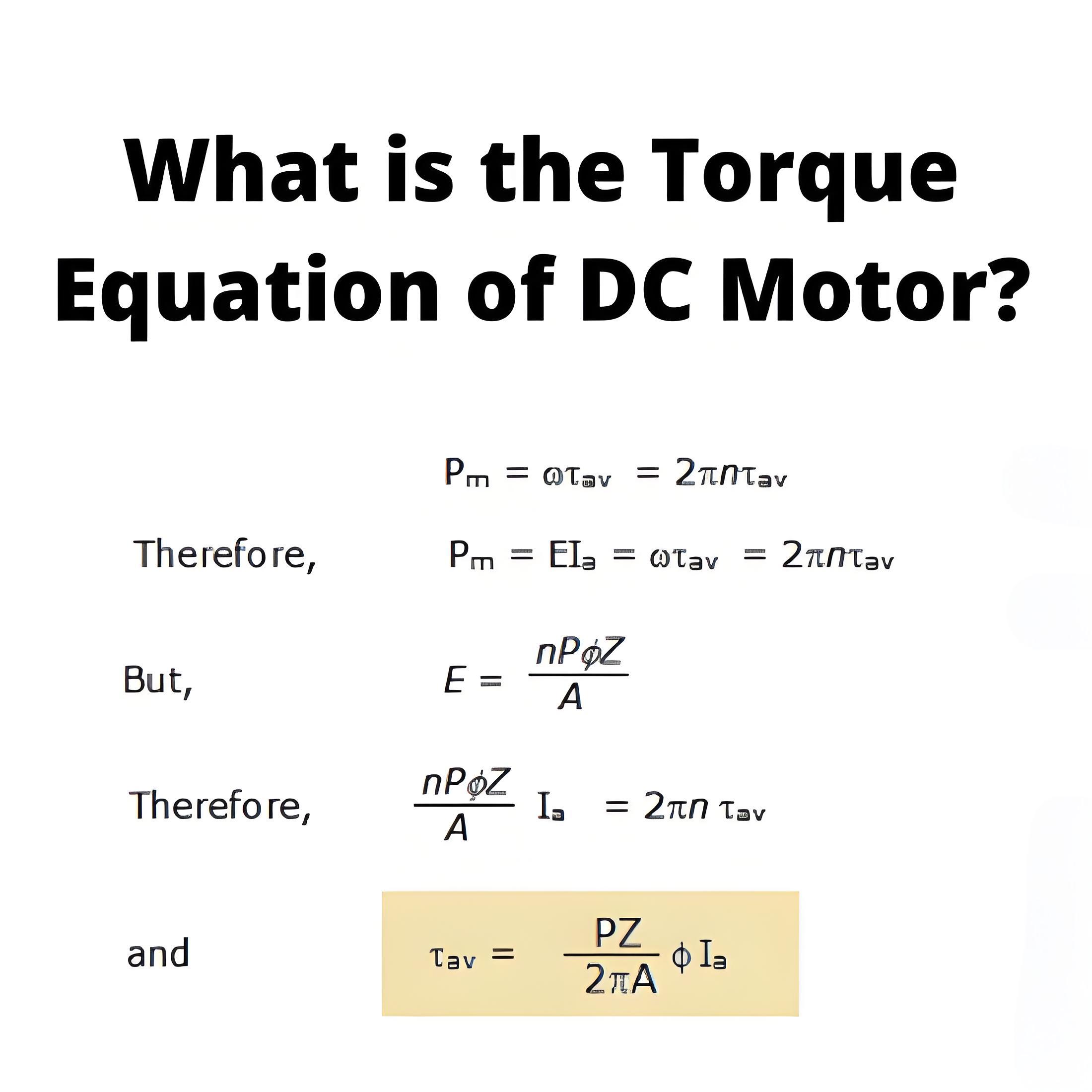What is the Parallel Operation of DC Generators?
What is the Parallel Operation of DC Generators?
Parallel operation definition of DC generator
In modern power systems, power is usually provided by many parallel synchronous generators to ensure continuous operation of the plant. The use of single large generators is now obsolete. Having two generators in parallel helps keep them in sync. Adjusting their armature currents and properly connecting them to the bus bars can solve any synchronization problems.
Busbar connection
Generators in power plants are connected by thick copper bars, called busbars, that act as positive and negative electrodes. To parallel the generator, connect the positive terminal of the generator to the positive terminal of the bus, and the negative terminal of the generator to the negative terminal of the bus, as shown in the figure.
To connect the second generator to the existing generator, first increase the speed of the prime mover of the second generator to the rated speed. Then, close switch S4.
Circuit breaker V2 (voltmeter) is connected to the open switch S 2 close to complete the circuit. The excitation of generator 2 is increased with the help of a field rheostat until it produces a voltage equal to the bus voltage.
Next, turn off the main switch S2 to connect the second generator in parallel with the existing generator. At this point, generator 2 is not yet powered because its induced electromotive force is equal to the bus voltage. This state is called "floating," which means the generator is ready but not providing current.
In order to supply current from generator 2, its induced e.m.f. E must be greater than the bus voltage V. By strengthening the excitation current, the induced electromotive force of generator 2 can be increased and the supply current can be started. In order to maintain the bus voltage, the magnetic field of generator 1 is weakened so that the value remains constant.
The field current I is given by Where, R

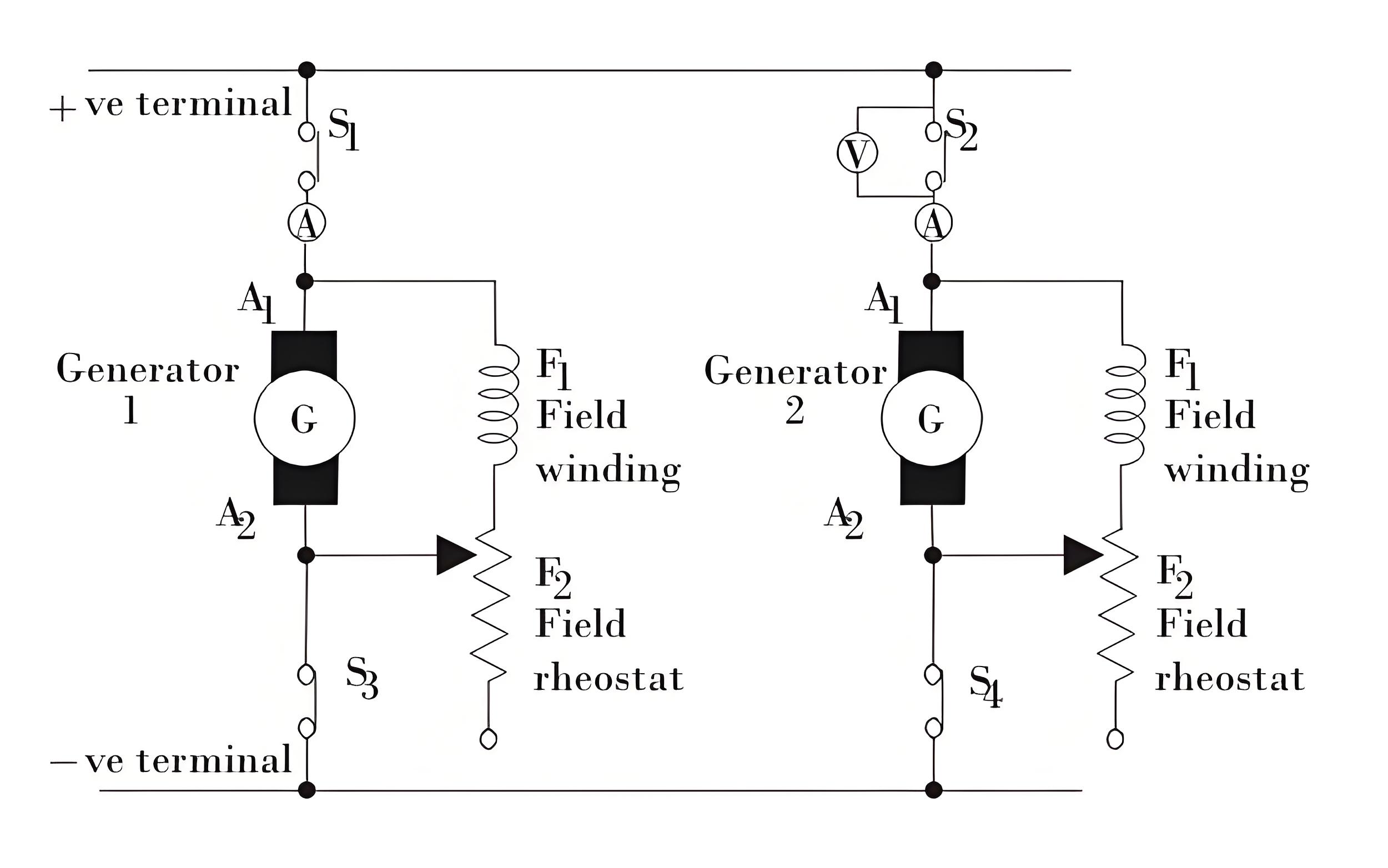
Load distribution
By adjusting the induced electromotive force, the load is transferred to another generator, but in modern power plants everything is done by the "sychroscope", which gives instructions to the governor of the prime mover. Let's assume that the two generators have different load voltages. Then the load distribution between these generators will be the value of the current output depending on the value of E 1 and E3 which can be managed by a field rheostat to keep the bus voltage constant.
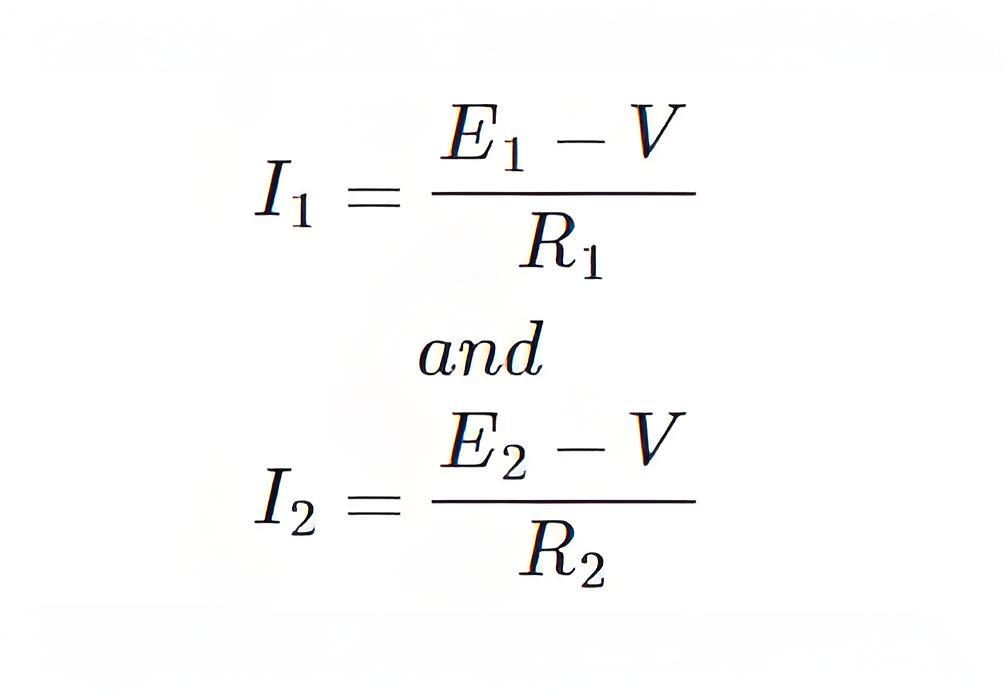
Advantage
Smooth power supply: If the generator fails, the power supply will not be interrupted. If one generator fails, the other healthy generator sets can continue to maintain continuity of power.
Easy maintenance:Routine maintenance of the generator is needed from time to time. But for that, the power supply must not be impeded. In parallel generators, routine checks can be carried out one by one.
Easy to increase factory capacity: Electricity demand is increasing. To meet the needs of power generation, additional new units can be operated in parallel with operating units.
Matters needing attention
The specifications of each generator are different. When they are synchronized together, their speed is locked into the overall speed of the system.
The full load of the system should be distributed among all the generators.
There should be a controller to check the engine's parameters. This can be done with modern digital controllers available on the market.
Voltage regulation plays an important role in the whole system. If the voltage of one unit drops, it ends up bearing the entire voltage load of the shunt generator system compared to the other units.
Extra precautions should be taken when connecting terminals to bus bars. If the generator is connected to the wrong rod polarity, it may cause a short circuit.
Welcome to our electricity community! Established to facilitate the exchange and cooperation in the electricity industry and bridge professionals, enthusiasts, and related enterprises.


